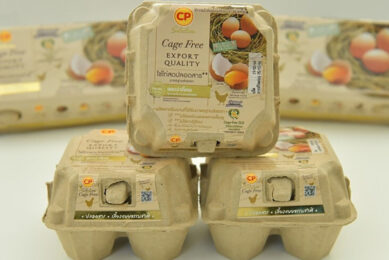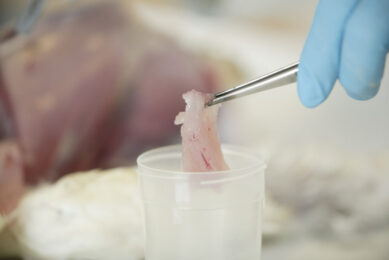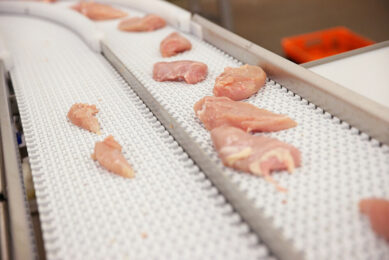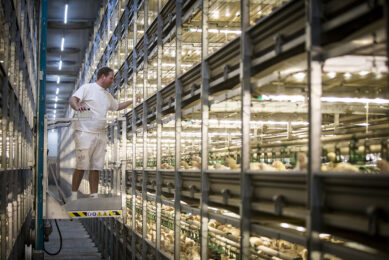Foundation of Southeast Asia’s AEC encouraging for livestock standards
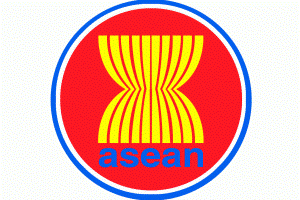
In 2015 the Association of South East Asian Nations (ASEAN) will form a single market, Asean Economic Community (AEC). Dr Ernst Bottcher, of Bayer HealthCare expects the single market will encourage livestock farmers to upgrade and harmonise standards in an attempt to export higher-quality meat to global markets. The AEC will, however, face stiff competition from South America.
With the AEC, market integration will increase intra-regional trading in products such as poultry, beef, pork and fish. That, and the fact that meat consumers in Southeast Asia will increasingly demand higher-quality meat products, is prompting farmers to invest and raise production standards, Dr Bottcher, Bayer HealthCare’s general manager for Thailand, Indonesia and Malaysia, said.
“Some countries are preparing to increase their meat exports, while consumers will ask for an equal standard for the production process,” said Dr Bottcher. “There will be more investment for this objective from animal farmers and manufacturers who produce animal health products.
“Lifting the standard cannot be achieved by the investment from one company, but from all.”
Wide disparity between AEC partners
The market for animal health products is increasing in Southeast Asia, as livestock operations are expanding to meet the demand of the region’s increasing population for meat, with the cash to buy it. Despite this general expansive trend, there is still wide disparity in meat production standards between countries. Of all the countries that Bayer HealthCare caters to, Thailand is the largest, and the livestock farm standards in this country are the highest.
Malaysia has been catching up to Thailand after the government a few years ago tightened law enforcement in order to force processors to produce meat products with higher standards to improve the country’s export prospects.
Indonesia is the largest meat consumer in ASEAN by virtue of its large population, but most livestock farms are “backyard style” and farmers have low awareness of international standards. All production in the country is needed to serve domestic demand and since no meat is exported, improving production processes does not seem to have a high priority.
Sales in this region are expanding faster than in the company’s bigger markets in the United States and Europe, where demand is stable.
As Southeast Asian livestock operations expand to increase their share of exports, their main competition is from South America, according to Dr Bottcher. Thailand and Brazil, for example, are major rivals in the world poultry market.
Tourism a significant driver
Tourism is also a significant driver of meat production and consumption for Thailand, which welcomed more than 19 million foreign visitors last year. Meat exports are also on the rise now that the EU has lifted its ban on raw poultry, imposed in 2004 at the start of the bird flu outbreak. Poultry exports from Thailand this year are expected to grow by 9% from 2011, helped by an estimated 50,000 tonnes of raw chicken meat to be exported to the EU.
Poultry and aquaculture products, chiefly shrimp, represent 18.8% of Thailand’s total agricultural exports, according to data from the National Food Institute.
In recognition of the growth potential of the region, Bayer HealthCare has moved its office for Asia Pacific to Singapore. In 2010, it bought the New Zealand-based Bomac Group and built an innovation and development centre, aimed at developing products to serve the specific needs of Asia Pacific.
“Because of the rising trend in Southeast Asia, Bayer HealthCare has a target to grow higher than the market growth rate,” said Dr Bottcher. “A higher percentage of Bayer HealthCare’s investment is going to this region. We’re working closely with animal farmers in order to support them to do farming at a high and acceptable standard.”
Source: Bangkok post




